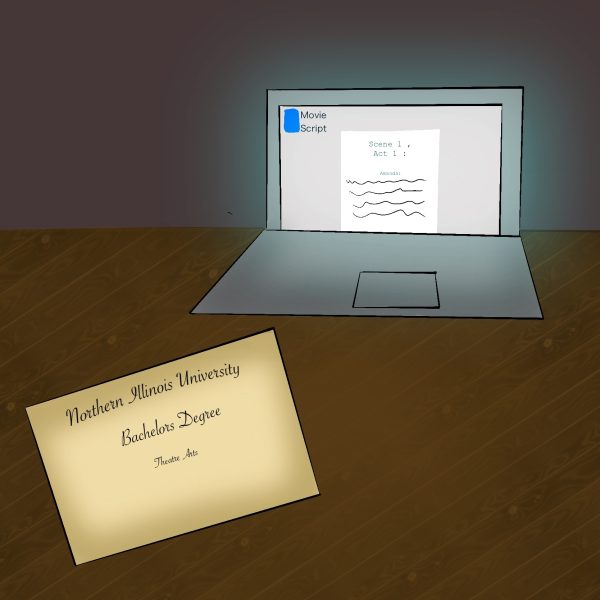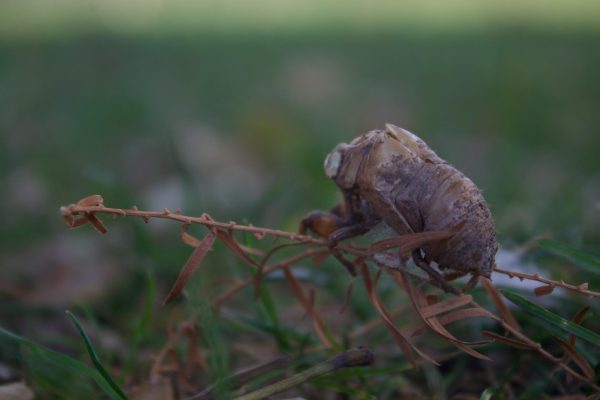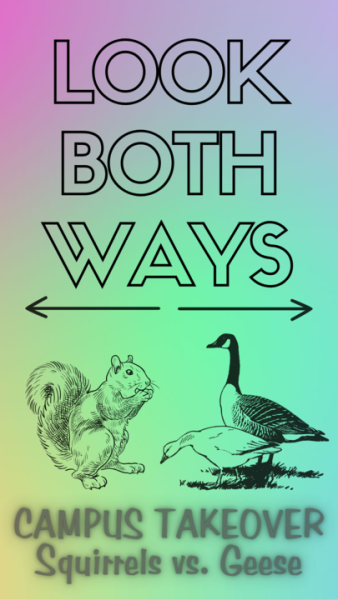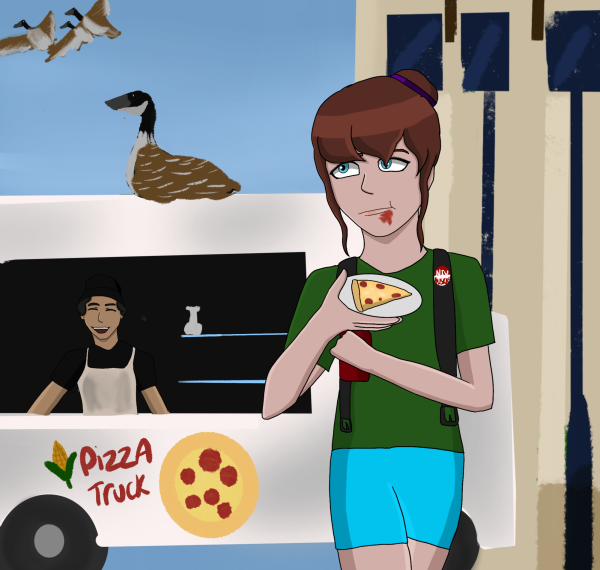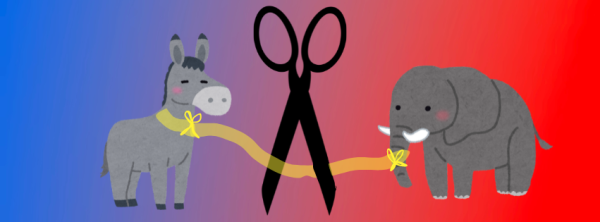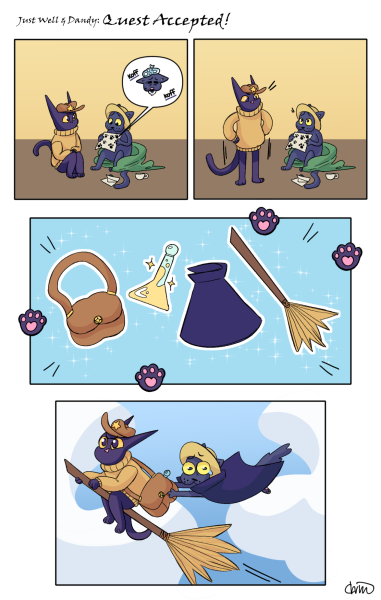Mags show ‘beauty’ standard, receive flack
July 9, 2012
Under the leadership of 14-year-old women’s rights activist Julia Bluhm, about 85,000 people signed “Give Girls Images of Real Girls,” a petition on Change.org begging Seventeen magazine to print one — just one — digitally unaltered photo spread a month. Tuesday, Bluhm declared the petition a “huge victory,” when Seventeen Editor in Chief Ann Shoket agreed that photoshopping the faces and bodies of models is unethical.
“Win!” the petition’s page hastily exclaimed.
Throughout the week, news outlets gave Bluhm the journalistic equivalent of a slow clap: Both the New York Times and New York Magazine ran Seventeen’s entire eight-point “Body Peace Treaty” graphic; NPR marveled at how the teen found time to win her “crusade against airbrushed images;” and the Huffington Post called the treaty, “a major triumph for … thousands of teen girls.”
Which makes this really, really awkward.
Turns out, Shoket really agrees with Bluhm, so much that she said Seventeen “never has, never will” alter girls’ bodies or face shapes. To reiterate, 85,000 people asked a magazine to cut down on doing something it wasn’t doing and proceeded to celebrate when said magazine told them it would never and will never do it. Further, respectable news outlets tallied a win.
Does anyone else see how awkward this is? As awkward as a grown man buying a Seventeen Magazine from Walmart and telling the incredulous cashier, “It’s for research.” As awkward as Bluhm writing on Change.org, “Those ‘pretty women’ that we see in magazines are fake. They’re often photoshopped, air-brushed, edited to look thinner and to appear like they have perfect skin,” only to learn that the girls in question really do have small figures and smooth complexions.
I empathize with those with low self-esteem — some may call me an authority on the subject (really, authority is too much; I’m mediocre at having low self-esteem). Yet it would be foolish of me to deny the existence of Channing Tatum because he makes me feel bad about my pecs. Nor would it accomplish anything to accuse Men’s Health of photoshopping real men’s pecs to look more Tatum-y.
The problem isn’t that these rare body types are artificial, but rather that we have magazines devoted to obtaining them. Overlooking the platitudes about achieving your dreams that Shoket writes in August’s Seventeen, the mission statement of every beauty magazine is to help you be more beautiful. Having a standard of beauty is inherent in the medium.
That standard of beauty isn’t set by magazines, but by our culture. Just as in the Renaissance, when Botticelli liked ’em big and pale because those qualities were attributed to upper-class women who didn’t labor under the sun, so does our society covet women who are thin and tan like the upper-class women who don’t make spreadsheets in cubicles. Blaming Seventeen Magazine for perpetuating this standard is like blaming the Daily Chronicle for a house fire on which they report.
Even if Seventeen could singlehandedly reset this standard, as Shoket thinks it does, readers would still be prone to low self-esteem from the barrage of material possessions that is Seventeen Magazine. I’ve only skimmed one issue and already know I need to change my major if I’m ever going to have as much money as a seventeen-year-old girl.



